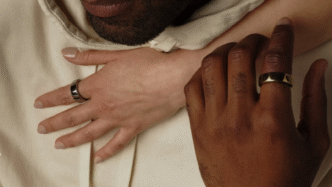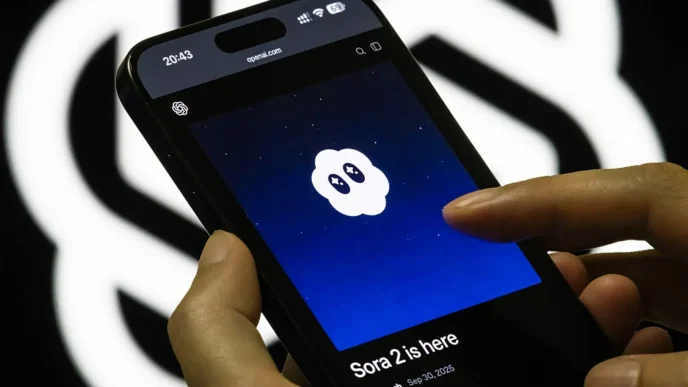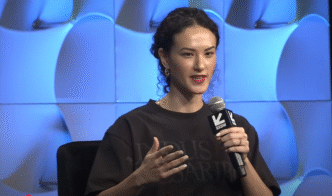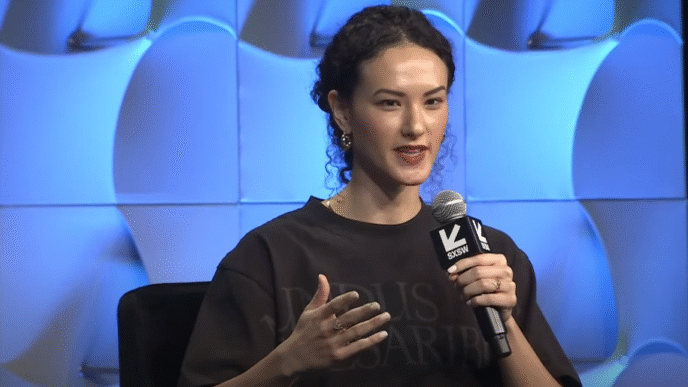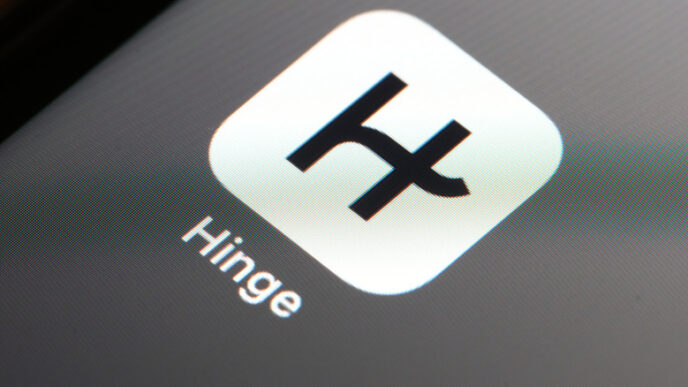Oura is refreshing its digital health experience with a redesigned app and a new “Cumulative Stress” feature, signaling its broader move into preventive health tracking. The company also revealed it’s pursuing FDA clearance for a forthcoming blood pressure monitoring feature that could help detect early signs of hypertension.
The updated Oura app introduces a cleaner, more personalized layout centered around three main tabs. The Today tab offers real-time insights for daily decision-making, while the Vitals tab consolidates key metrics like sleep, stress, and cardiovascular trends. The My Health tab focuses on long-term well-being, highlighting trends, habits, and personalized recommendations. It now includes new Habits and Routines sections to show how everyday actions influence overall health.
Menstrual health tracking has also been enhanced with a new 12-month cycle view, replacing the previous one-month limit. This addition gives users a more comprehensive understanding of period patterns and fertility windows.
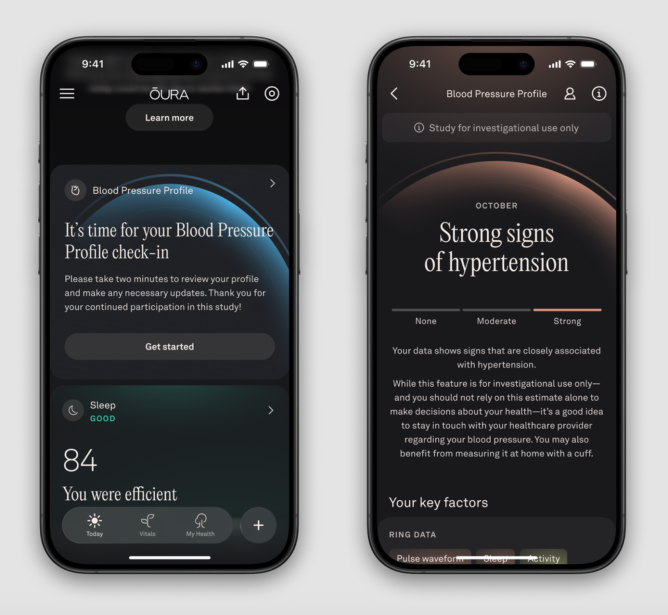
Oura’s most significant new addition, the Cumulative Stress feature, gives members a deeper look into how chronic stress affects their bodies over time. Instead of simply tracking moments of tension, it uses physiological signals collected over the past month — including sleep continuity, heart stress response, temperature regulation, micro-motions during sleep, and activity impact — to calculate how much strain a person’s body is under.
Oura’s VP of Consumer Software Product, Jason Russell, explained that the new system goes beyond measuring stress episodes. It evaluates how the body responds and recovers, factoring in metrics like heart rate variability, thermoregulation, and subtle sleep disruptions that indicate accumulated strain. The feature updates weekly and will roll out globally in the coming weeks.
Beyond app upgrades, Oura is preparing for a Blood Pressure Profile study, a step toward securing FDA approval for a new hypertension detection feature. Approved by the Institutional Review Board, the study will begin later this year through Oura Labs in the U.S. Participants will allow Oura to combine passive ring data with a brief health questionnaire covering family history, medication, and lifestyle habits. Based on this information, the app will generate a likelihood score for hypertension, categorized as no signs, moderate signs, or major signs, and encourage users showing higher risk to seek professional care.
The algorithm will also track shifts over time, prompting users for periodic reassessments to detect early health changes.
This expansion builds on a strong financial foundation. Just last week, Oura announced a $900 million funding round led by Fidelity Management & Research Co., with participation from ICONIQ, Whale Rock, and Atreides. The raise marks one of the largest funding events in consumer health tech this year, reinforcing Oura’s leadership in the wearable wellness market.
The company also recently unveiled its Oura Ring 4 Ceramic collection, its first charging case, and a Health Panels feature that lets users order lab tests directly within the app, continuing its shift from wellness tracker to comprehensive health companion.
